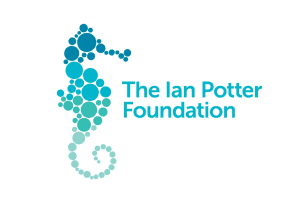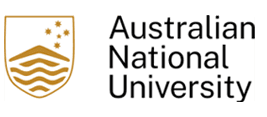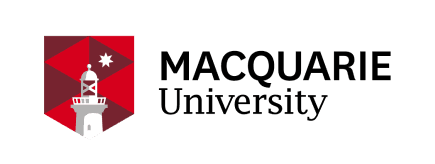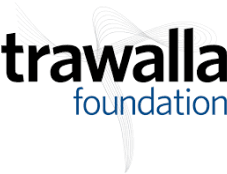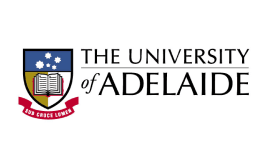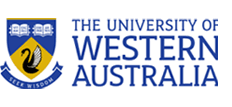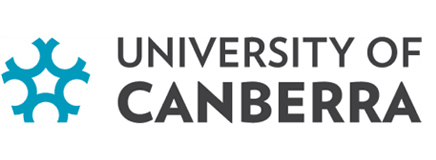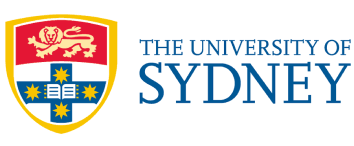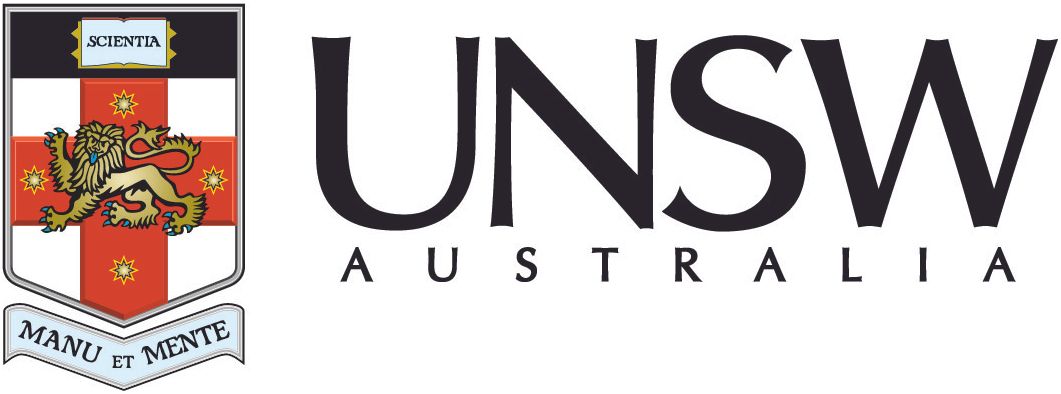New data shows alpine ecosystems helped by removal of horses in Kosci
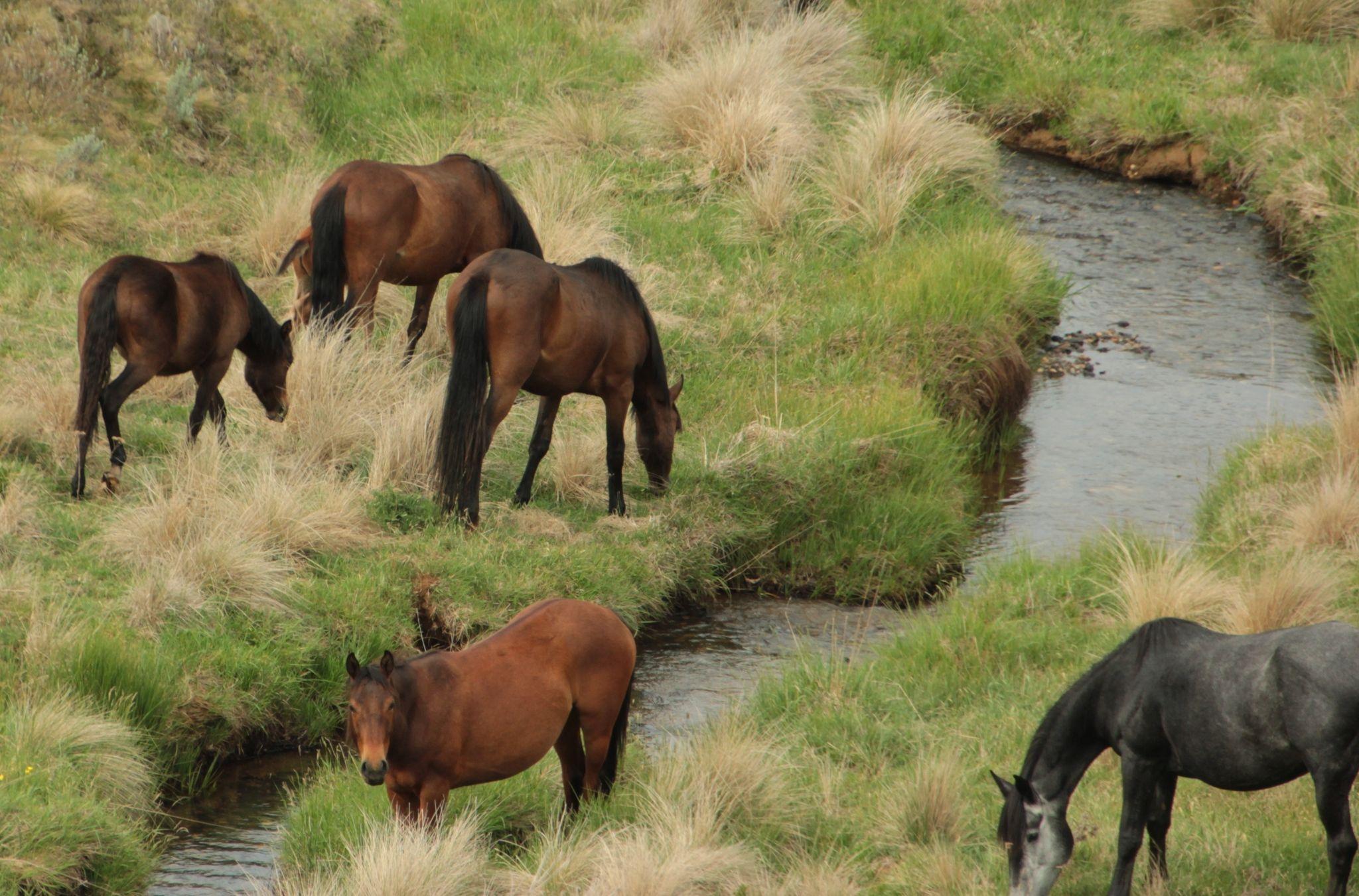
Feral horses in Kosciuszko National Park. Photo: baronsamedi / iNaturalist CC BY ND.
Media Release
21 May 2025
Today, the NSW Government released a report detailing the results of 2024 feral horse surveys in Kosciuszko National Park.
The findings show the NSW Government’s control methods are working, they are on track to meet an agreed 2027 target, and some ecosystems are already showing positive signs of recovery.
The Biodiversity Council welcomes the results; removing feral horses from Kosciuszko National Park is essential to protect biodiversity and ensure the park's resilience against climate change and other environmental pressures.
NSW legislation currently puts feral horses above natural values and native animals inside Kosciuszko National Park – it is important that this legislation is repealed so that horses can be completely removed from the fragile alpine national park.

Many alpine species are threatened by the ecological destruction caused by feral horses, including the alpine spiny crayfish, alpine water skink and alpine tree frog. Images: bodowski, Kaitlyn and Sage Runciman / iNaturalist CC BY-NC.
Biodiversity Council Director James Trezise:
“Controlling feral horses is critical if we want to restore and protect what makes the Australian Alps so special.
“We need to see a repeal of NSW legislation, which currently puts feral horses above natural values and native animals inside Kosciuszko National Park.
“The ecosystems in Kosci are thousands of years old, and evolved without the pressure of heavy, hard-hooved feral animals. A large herd of horses can destroy these ecosystems rapidly.
“It is fantastic to see positive signs of recovery in native ecosystems following the significant reduction in horse numbers.
“This is one of the most significant turnarounds in an iconic NSW landscape that we have seen since the turn of the century, caused by a concerted effort to remove a key threat – but the job is still unfinished.”
Biodiversity Council member, Associate Professor of Alpine Ecology Kate Umbers from The University of Western Sydney:
"Most of Australia's alpine animals are found nowhere else in the world and we are therefore custodians of this important part of our natural heritage.
“Many, like Bogong moths and pygmy possums, are at serious risk of extinction due to poorer and poorer snow conditions in winter, hotter summers, habitat destruction by non-native species, predation by non-native species, increased frequency of fire, disease, and more.
“Removing non-native species like horses is something we can do to help give them a fighting chance, so we ought to do it."
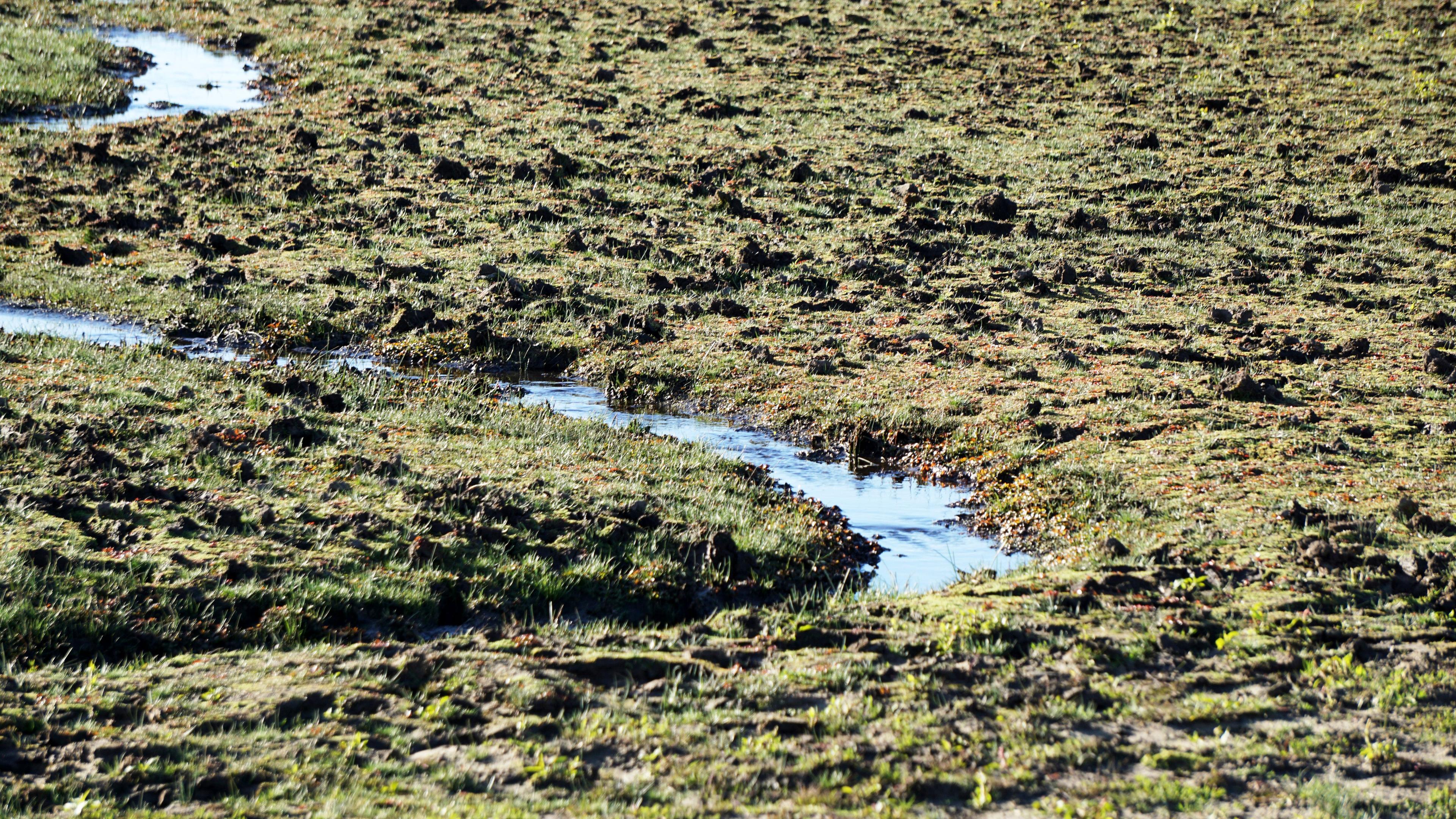
Damage from horses at Long Plain Kosciuszko National Park. Photo: Pj Hickox / iStock.
Biodiversity Council member, Professor of Wildlife Conservation Euan Ritchie from Deakin University:
“It’s very encouraging to see the NSW government is on track to bring feral horse numbers down in Kosciuszko National Park and that, as a result, this precious and fragile environment is beginning the long path to recovery.
“It’s vital these efforts continue and, in time, ideally all feral horses would be removed from the park, as even small numbers of horses can do significant environmental harm.”
“There are ample locations outside of national parks for people to enjoy horses, but the same can’t be said for many native and alpine-restricted plants and animals.
“Removing feral horses protects native vegetation, water quality and the homes of native animals including broad-toothed rats, Corrobboree frogs and galaxiid fish.”
“In conjunction with feral horse control we must also invest resources in the control of other introduced, feral and invasive animals, such as deer, pigs, cats and foxes. All of these species cause great harm to the many values of Kosciuszko National Park and Australia’s ecosystems and native wildlife more broadly.”


